EV Chargers - Quick-start guide
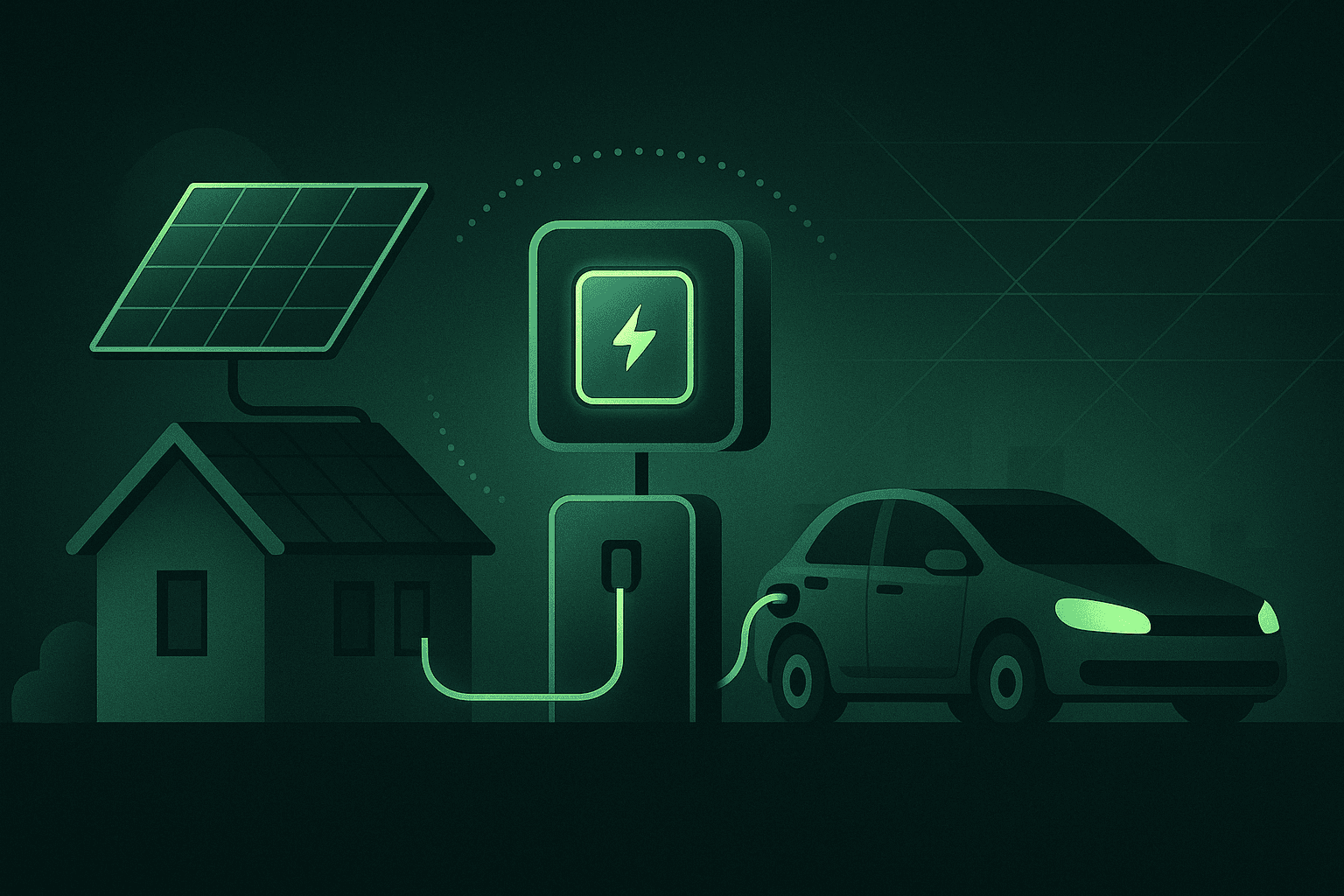
Charge smarter, not harder. Learn the essentials of EV chargers in Romania: AC vs. DC, the right power (7.4/11/22 kW), solar & battery integration, and pro installation for safety and uptime. Plug into lower costs and a cleaner drive with Inowattio.
EV Chargers – Complete Guide for Homes, Businesses, and Prosumers
Electric mobility is expanding fast in Romania and across Europe. As more drivers switch to fully electric and plug-in hybrid vehicles, the EV charger you choose becomes just as important as the car itself. A well-selected charger will keep your vehicle ready when you need it, protect your electrical installation, lower your cost per kilometre, and help you make the most of your solar and battery systems.
Inowattio focuses on EV charging as part of a complete energy ecosystem. Instead of treating the charger as a stand-alone box on the wall, Inowattio connects it with live consumption, rooftop solar, home batteries, grid prices, and smart automation. This way, every kilowatt-hour sent to the car is scheduled intelligently, tracked clearly, and used in a way that benefits both the driver and the grid.
This guide walks you through the key concepts: AC versus DC charging, the meaning of power levels like 7.4 kW or 22 kW, connector standards such as Type 2 and CCS, how to integrate EV charging with solar and storage, what a safe installation requires, and how Inowattio adds forecasting, pooling, and smart control on top.
1. Types of EV chargers and connectors
Romania follows the standard European model: AC wallboxes are used in homes, offices, hotels, and parking garages, while DC fast chargers serve highway corridors, high-turnover public sites, and EV fleets. Your choice depends on where the vehicle is parked, how long it stays there, and how much power your electrical supply can provide.
AC chargers (7.4–22 kW) are usually mounted on walls or pedestals and are ideal for locations where cars remain parked for hours at a time. They feed alternating current to the vehicle, and the car’s onboard charger converts it to direct current for the battery. Even if the station can deliver 22 kW, many EVs will still charge at 7.4 kW or 11 kW because their onboard charger is the limiting factor.
Across Europe, the standard connector for AC is Type 2. Almost all modern electric vehicles ship with a Type 2 cable, and most public AC posts offer Type 2 sockets.
DC fast chargers (50–150+ kW) take another approach. They convert AC to DC inside the charger itself and send direct current straight into the battery, bypassing the onboard charger. This allows much higher power levels, which is why DC chargers are used for fast top-ups on transit routes and at intensive-use sites.
In Europe, CCS2 (Combined Charging System) is the dominant DC connector for passenger vehicles. When planning a site, it is important to confirm that both your vehicles and your charger support CCS, and to verify that your electrical connection and transformer can handle the additional power.
2. Choosing the right power level
The nominal power of the charger determines how quickly you can add usable range to your car. However, faster is not always better. You must consider your supply capacity, the vehicle’s onboard limits, parking behaviour, and the total cost of installation.
A 7.4 kW single-phase charger is usually best for apartments and houses with single-phase connections. It can add roughly 35–45 kilometres of range per hour, depending on the vehicle’s efficiency. For many drivers, this is more than enough to fully recover a typical daily commute overnight. It normally requires fewer electrical upgrades, and it pairs nicely with household solar, because it does not overload the system when the sun is shining.
An 11 kW three-phase charger is widely seen as the sweet spot in the European Union. It provides around 50–65 kilometres of range per hour, which is ample to refill even large batteries overnight. Most European EVs support 11 kW AC, and many homes or workplaces can be upgraded to support this level without excessive cost. For prosumers who generate solar power and participate in tariffs with time-of-use prices, 11 kW offers a good balance between speed, flexibility, and infrastructure cost.
A 22 kW three-phase charger is a high-power AC option and only makes sense if your electrical installation and cable infrastructure can support it and your EV can accept more than 11 kW on AC. These chargers are popular in shared parking areas, business parks, or hotels where multiple drivers may rotate through the same parking bay during the day. They work best when combined with dynamic load management, so the total site load remains within safe limits.
For truly fast charging, DC chargers between 50 and 150 kW are used. A 50 kW unit can add a substantial top-up in 30–40 minutes, while 100–150 kW chargers can replenish a large portion of the battery in a single short stop, depending on the vehicle’s charge curve. However, these units require strong grid connections, careful thermal management, substantial civil works, and ongoing maintenance. A modular DC system in the 60–90 kW range can be a smart, scalable choice for small fleets or mixed-use sites.
3. Smart, renewable-integrated charging
The true value of an EV charger appears when it is integrated with renewable generation, battery storage, and intelligent controls. Rather than simply charging whenever the cable is plugged in, Inowattio’s approach is to charge when it is cheapest, cleanest, and most grid-friendly.
With solar panels and an inverter, the EV can act as a flexible demand sink. When the sun is strong and household consumption is low, surplus solar energy can be directed to the car. Instead of exporting this surplus to the grid at a low feed-in tariff, you convert it into kilometres of range. Inowattio can prioritise solar surplus to the EV, making your effective cost per kilowatt-hour significantly lower.
When you also have a home battery, charging strategies become even more powerful. During the day, solar can fill the battery first and the EV later, or the EV first and the battery later, depending on your preferences. In the evening, the battery can support household loads and even a portion of the EV charging, reducing imports during expensive peak periods. Inowattio uses forecasts and historical patterns to automate these decisions.
Smart charging is the layer that makes all this practical. Instead of manually plugging and unplugging at specific times, you define goals and constraints in the app: desired state of charge by a certain departure time, maximum current, permitted time windows, price limits, or a focus on solar-only charging whenever possible. The platform then schedules charging sessions within those rules.
For example, if you usually leave home at 08:00 with 80% battery, Inowattio can look at the weather forecast, your recent driving, and grid prices. It may choose to charge slowly overnight at low tariffs, or to wait until mid-morning when your rooftop solar is strongest, or to combine both approaches. The result is lower energy costs, higher self-consumption, and more predictable bills.
4. Safety, installation, and connectivity
No matter how smart the software is, EV charging must start with a safe, compliant, and properly sized electrical installation. This is why Inowattio strongly recommends using a licensed electrician for every charger deployment, whether residential or commercial.
A professional installer will assess your available power capacity, existing loads, and future expansion needs. They will select the correct cable cross-section, protective devices, and residual current devices (RCDs). For many chargers, manufacturers require either a Type A RCD combined with DC leakage detection or a dedicated Type B RCD. Surge protection and proper earthing are also essential to protect both the charger and the vehicle’s onboard electronics.
Once the hardware is in place, commissioning and testing ensure that the charger responds correctly, that protective devices trip as expected, and that the system meets code requirements. Installers document these checks, which keeps warranties valid and reduces the risk of unexpected downtime.
Connectivity is another critical piece. To enable smart charging, remote diagnostics, firmware updates, and integration with Inowattio, the charger needs a reliable communication channel. Ethernet is recommended whenever possible, with Wi-Fi and 4G or LTE as useful alternatives or backups. Stable connectivity allows Inowattio to continuously optimise charging behaviour and quickly detect issues.
5. EV charging inside the Inowattio ecosystem
When your charger is connected to Inowattio, it stops being a stand-alone device and becomes part of a coordinated, data-driven energy system.
You gain live monitoring of key metrics such as current power in kilowatts, total energy delivered per session, share of solar versus grid energy, and approximate cost for each charging period. You can see how your EV charging fits into your household or site load, whether it coincides with other large appliances, and how much of it is backed by solar or battery discharge.
Inowattio also offers forecast-based scheduling. Using weather forecasts, solar predictions, planned demand response events, and historical charging patterns, the platform can recommend optimal charging windows or even automate them. You always keep the final say, but you do not need to manually think about tomorrow’s cloud cover or peak price hours.
For businesses and multi-site operators, EV chargers can be part of energy pools managed by Inowattio. In a pool, multiple assets such as solar, batteries, EV chargers, and flexible commercial loads work together as a unified resource. During grid stress events, charging can be reduced or shifted without compromising critical operations, and in some markets this flexibility may be rewarded financially.
Finally, Inowattio supports grid-friendly automations such as limiting total site current, enforcing export limits when required by the distribution operator, and aligning EV charging with local generation or tariff structures. This reduces the risk of overloads, keeps demand within contracted power limits, and makes it easier to comply with technical requirements.
6. Checklist: getting started with EV charging
To prepare your site or home for EV charging with Inowattio, it helps to follow a simple checklist:
- Confirm whether you need AC, DC, or a combination of both.
- Verify available electrical capacity and whether an upgrade is needed.
- Choose an appropriate power level: 7.4 kW, 11 kW, 22 kW AC or 50–150 kW DC.
- Check connector compatibility: Type 2 for AC, CCS for DC.
- Plan for stable connectivity: Ethernet, Wi-Fi, and optionally 4G.
- Decide whether you will integrate solar and, later, a home battery.
- Install the Inowattio app and register your site or household.
- Define smart charging rules aligned with your driving habits and budget.
7. Accelerate your energy transition
A charger is more than a socket for your car. It is a bridge between your mobility, your home or business energy system, and the wider grid. When combined with solar, storage, and automation, it becomes one of the most powerful tools for reducing emissions and controlling energy costs.
By connecting your EV charger to Inowattio, you gain insight, automation, and the ability to participate in smarter energy programs as they open up in Romania and the EU. Your next kilometre can be not only electric, but also intelligently powered.
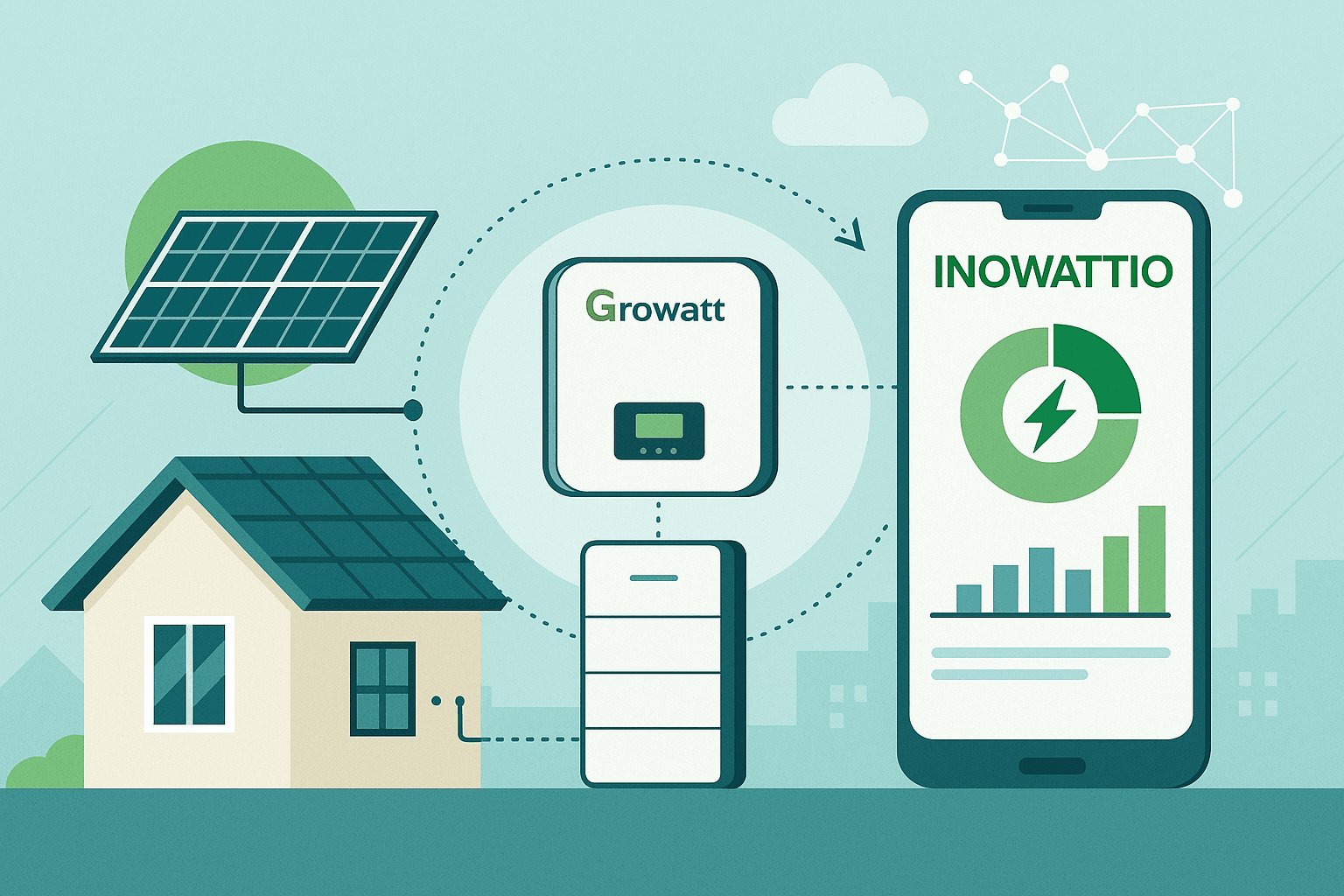
Growatt & INOWATTIO: the perfect solution for smart prosumers
Growatt systems work seamlessly with the INOWATTIO platform, giving prosumers full control over their solar energy. Monitor, store, and optimize power in real time with a smart app that helps you save money and support a greener, more sustainable energy network.
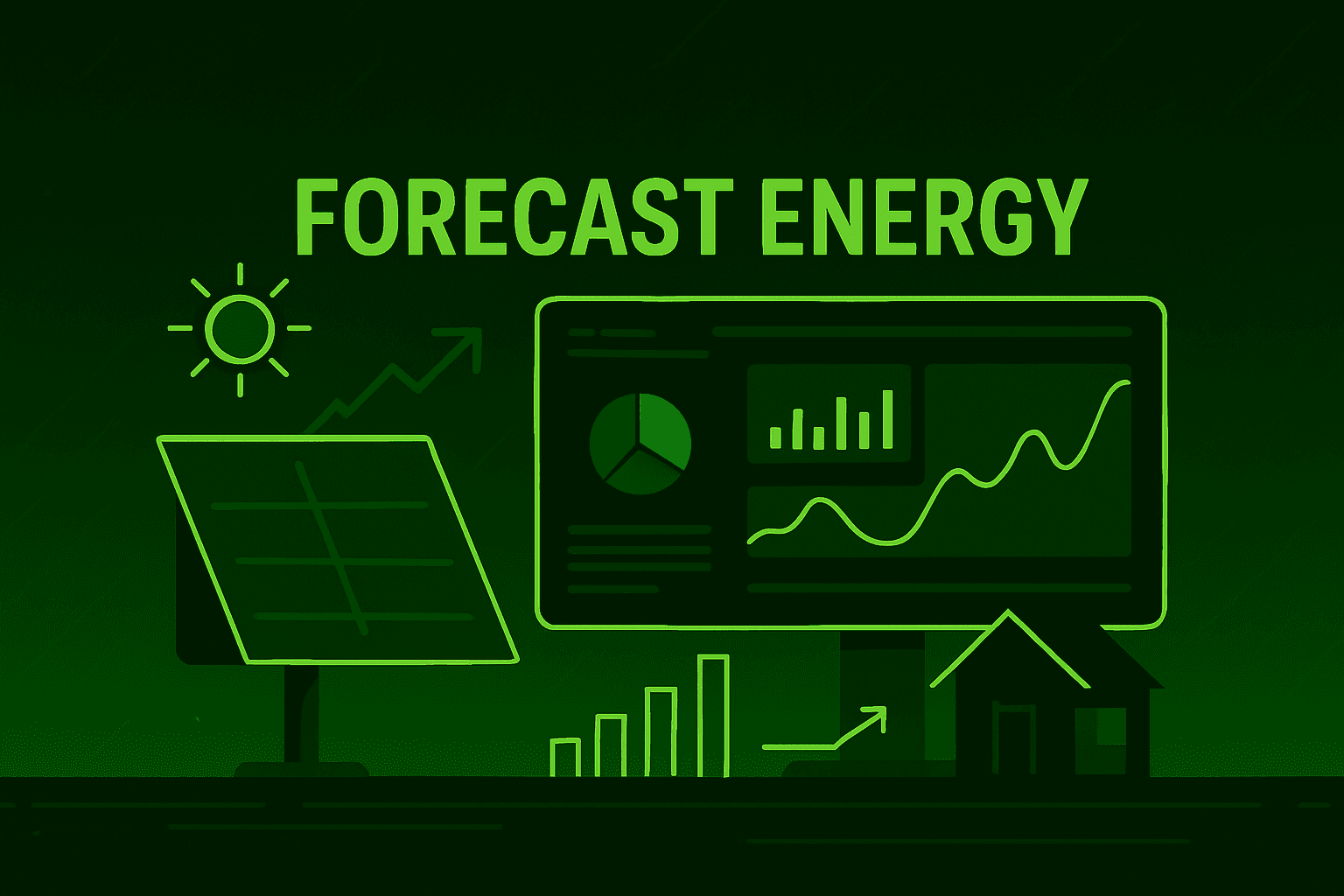
Forecast. Optimize. Save - Smart Energy Forecasting Powered by Inowattio
Forecasting solar production and energy use is essential for improving efficiency and gaining more control over your home’s energy. By understanding the weather, your habits, and how your system behaves, smart tools can help you plan ahead, save money, and use energy more wisely.
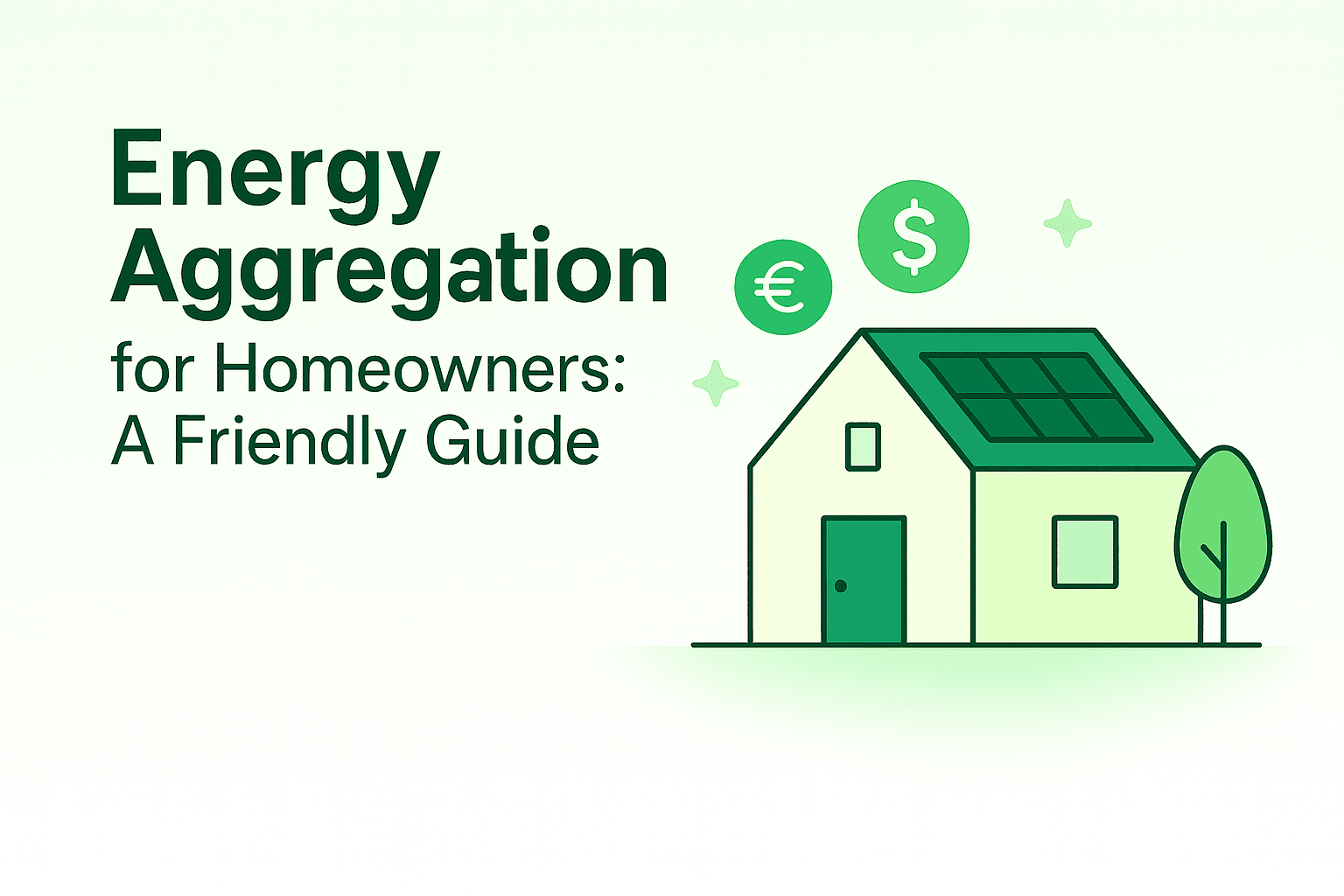
A Simple Guide to Understanding Energy Aggregation
A friendly guide to energy aggregation: how Inowattio pools home solar and batteries so you can lower bills, earn credits, and use energy smarter.
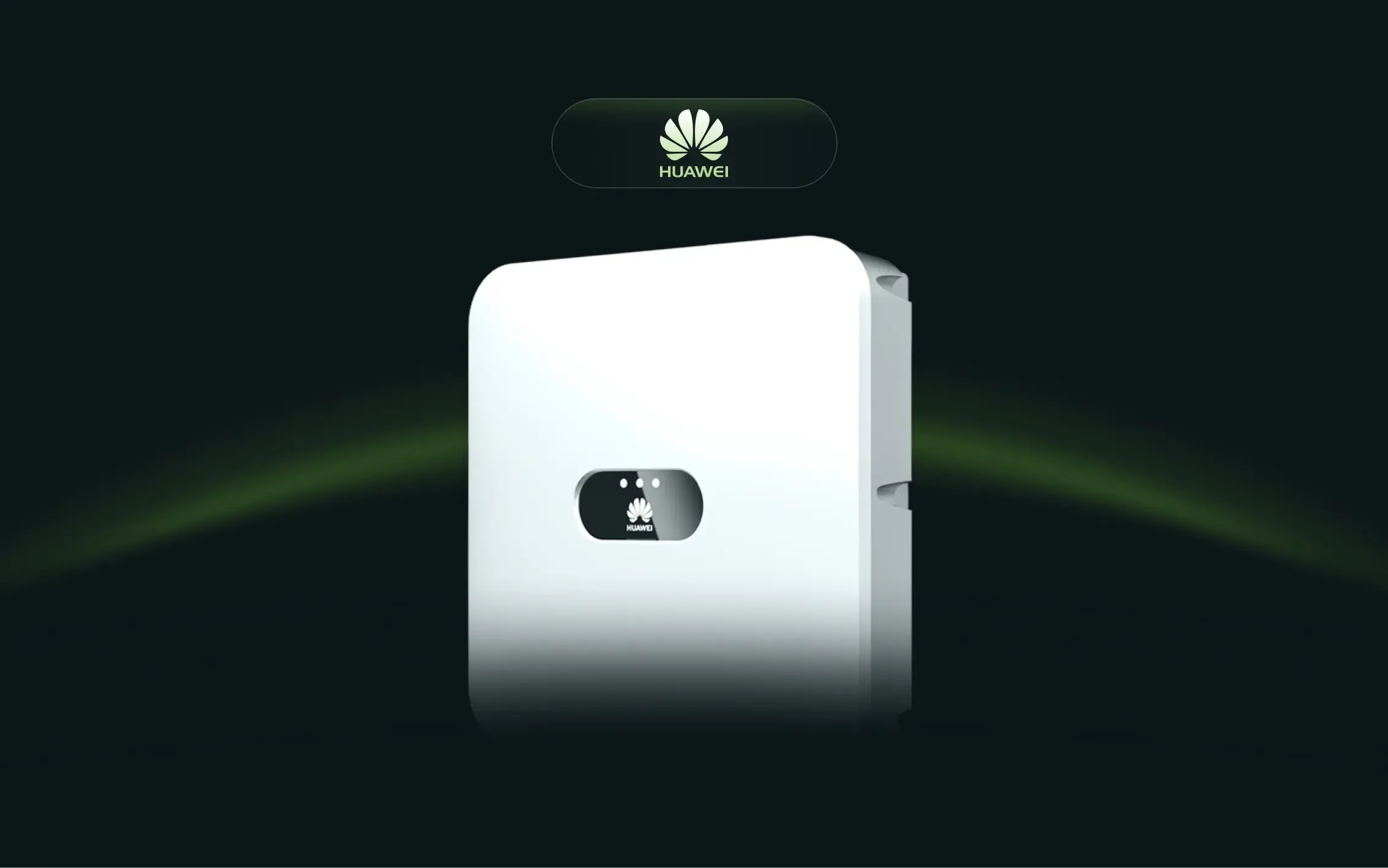
Inowattio now integrates with Huawei inverters — from homes to utility-scale
Inowattio now integrates end-to-end with Huawei. Users get unified monitoring, sub-second setpoint control for P/Q and export limits, coordinated battery dispatch, and grid-services readiness—scalable from single-phase rooftops to large three-phase and utility plants.